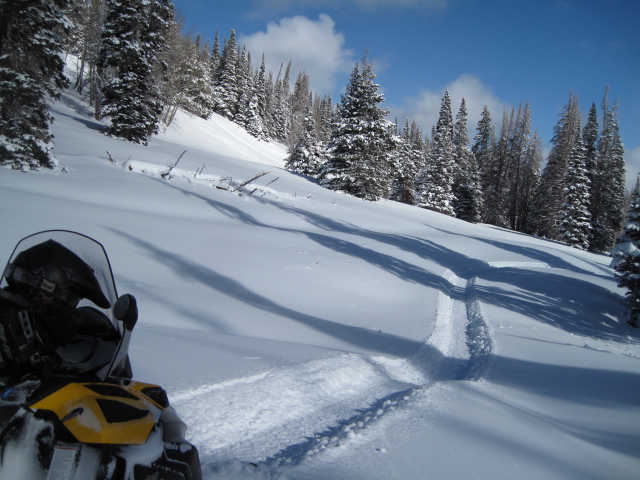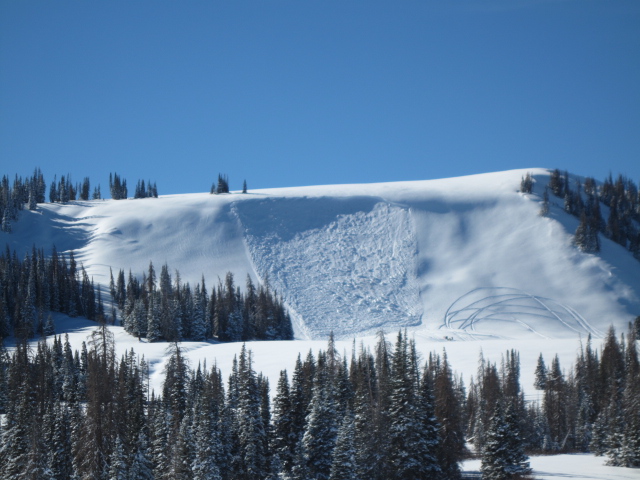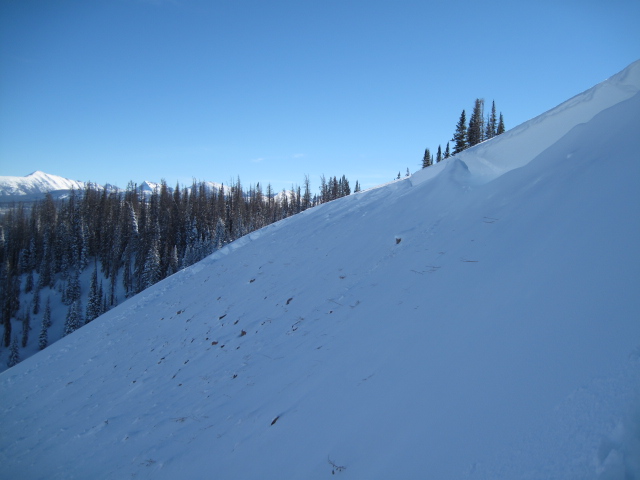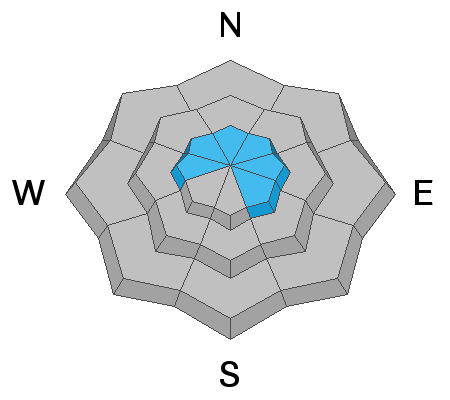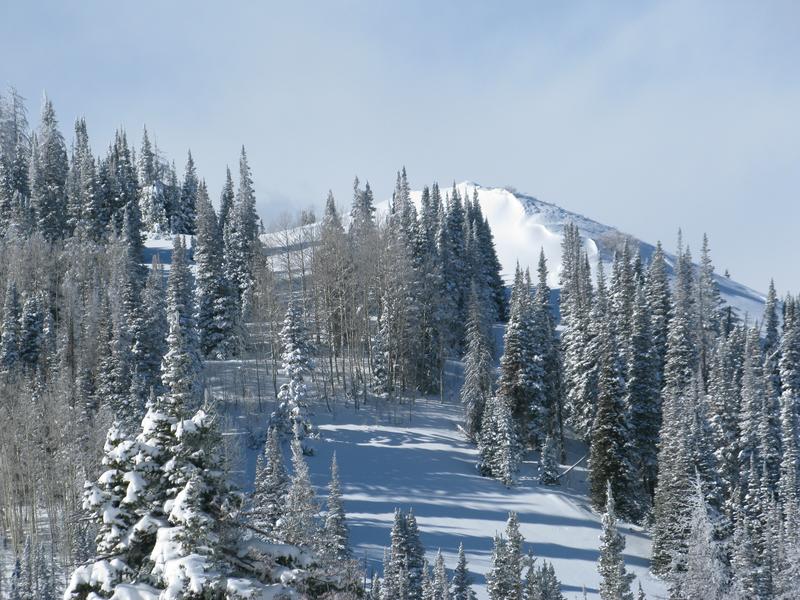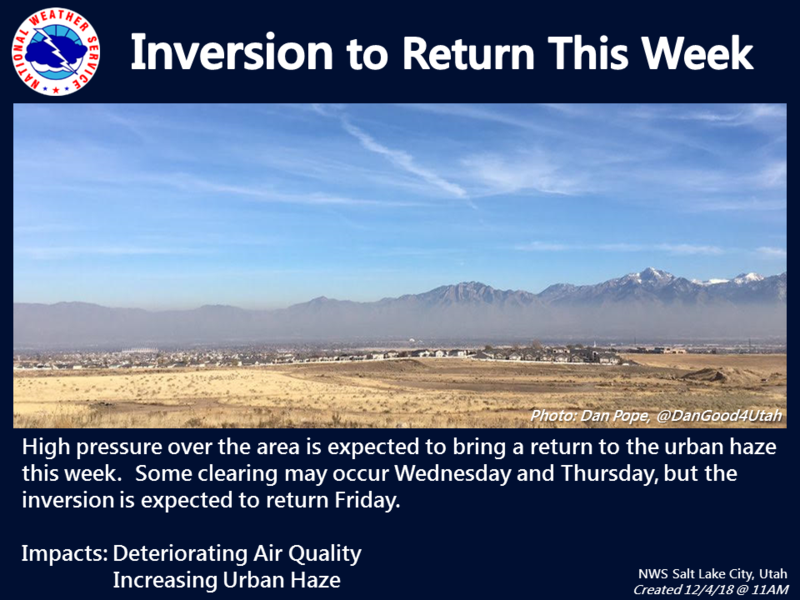A thin band of clouds moved into the region overnight and temperatures nudged into the single digits and low teens... nearly 15 degrees warmer than yesterday at this time. In addition, southwesterly winds bumped up slightly and currently blow 15-25 mph along the high peaks. Recent storms have pasted the region, laying down a nice coat of early season white paint. Riding and turning conditions are about the best they've been in years with snow depths across the range averaging just over 3'.
We are working to get the entire Uinta weather network back online. In the meantime, above is 24 hour data from Trail Lake (9945').

.
Jeff Duenwald surveys his weekend turns on a south facing slope (lookers left portion of the image) with no old snow near the ground. Looks pretty straight-forward, but here's the problem... as snow stacks up and terrain turns white, even slopes we're familiar with can appear uniform and small nuances in aspect can mean the difference between riding safely and triggering an avalanche. A true, big mountain BA, Jeff is in his mid 70's and is on the snow nearly everyday. He's been tagging big mountain approaches and ascents since the 60's. His longevity in the mountains is rooted in making smart decisions, not by rolling the dice or taking chances
Meanwhile on the North Slope, Ted found excellent riding conditions yesterday and avoided the avy danger by riding lower elevation terrain which had no old snow prior to the big Thanksgiving storm. More on his travels
here.
Plowing is done on Mirror Lake Highway, but Wolf Creek Pass is still open. However, just 'cause you can see your rig parked near Wolf Creek, doesn't mean the terrain you're choosing to ride is good to go.
Remember- this is the time of year where most of us get tricked thinking there isn't enough snow to avalanche. Unfortunately, this is also the type of setup when most close calls and accidents occur. If you are getting out and about, be prepared for your own self rescue. Wear and know how to use an avalanche beacon, shovel, and probe.
Always a keen eye, Ted saw this Yamaha Hill avalanche from the highway near Evanston. Breaking 6' deep and 250' wide, this slide was most likely triggered two days ago either low on the slope or remotely from the ridge. This avalanche clearly illustrates the type of avalanche dragon we're dealing with on slopes facing the north half of the compass which harbor, weak snow near the ground. More details on this slide are found
here.

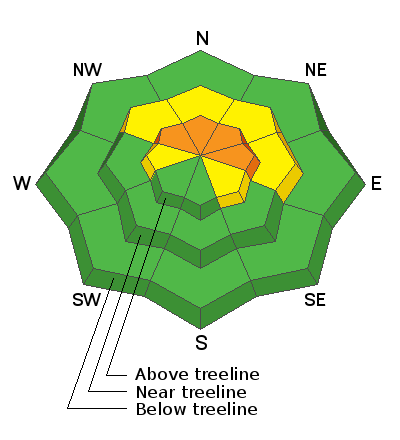



 .
.